Medals help tell St Patrick's Day story
News
Growing up in Kapunda, an area with a strong Irish Catholic presence, and being a descendant of South Australian Irish families, Simon O’Reilley has always been drawn to recording and preserving Irish heritage in South Australia.
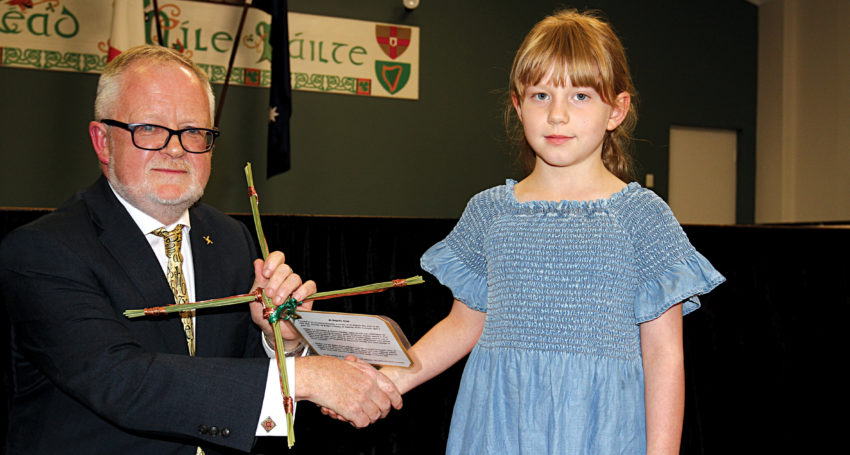
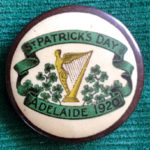 One area of study has been Kapunda’s 100-year tradition of St Patrick’s Day celebrations – from horse races in the 1860s through to an annual procession and large sporting events which continued into the 1960s.
One area of study has been Kapunda’s 100-year tradition of St Patrick’s Day celebrations – from horse races in the 1860s through to an annual procession and large sporting events which continued into the 1960s.
But it was the chance purchase of a couple of South Australian St Patrick’s Day badges in a local antique shop that prompted him to conduct further research into the celebration of the feast of Ireland’s patron saint.
Advertisement
Struck by their “fine design and potent symbolism”, Simon said he initially thought the badges were rare survivors but he soon stumbled upon more and realised there was a unique chronological South Australian Irish story to be told.
The badge collection forms part of Simon’s research into St Patrick’s Day, chronicled in the recently released book Irish South Australia: New histories and insights, published by Wakefield Press.
Simon became involved in the book through a decade long association with two of the book’s editors, Dymphna Lonergan and Stephanie James, who share his passion for researching and promoting Irish South Australian history. They invited him to make a presentation on the history of Baker’s Flat in Adelaide in 2008.
Some years later he met archaeologist Susan Arthure (another editor of the book) and took part in her dig at Baker’s Flat.
At the 2016 Irish Studies Association of Australia and New Zealand Conference in Adelaide, Simon gave a presentation on St Patrick’s Day in South Australia, using his collection of badges which took years to acquire.
Simon’s family is descended from Patrick O’Reilley, whose family was evicted from the Shirley Estate in County Monaghan during the famine. Patrick arrived in Port Adelaide on November 5 1849 aged 14, with his brother James aged 16, along with close to 100 others evicted from the same estate.
“Being in arrears of rent, their houses were thrown down and the sons and daughters of dispossessed tenants were given passage to South Australia in return for their holdings,” Simon said.
“Like many South Australian Irish families, subsequent generations also married spouses with Irish parentage. Therefore a homogenous Irish Catholic cultural identity was maintained long after the first wave of migrants had passed on.”
His research into St Patrick’s Day is not confined to Kapunda, where he still resides.
“Adelaide’s celebration of St Patrick’s Day has a remarkable history of intense, reverent and continuous commemoration from the beginning of European settlement,” he told The Southern Cross.
“St Patrick’s Day has also been commemorated in country centres across the State, from the bigger centres like Port Pirie, Mount Gambier and Gawler to smaller settlements far and wide such as Cradock, Kyancutta, Lameroo and Port MacDonnell to name a few.”
Advertisement
Simon said he and his family had enjoyed attending the Irish Club celebrations on St Patrick’s Day since the mid 1990s and, more recently, the festivities held at Adelaide Oval.
“Given the strong history of St Patrick’s Day in South Australia, I think the anniversary plays an important role in providing a platform to celebrate the contribution of Irish migrants to South Australia over generations, while allowing Irish born migrants and their families to express their cultural identity in a meaningful annual celebration,” he said.
At the launch of Irish South Australia on St Brigid’s day, Simon’s daughter Bridget was asked to present the book to the Irish Ambassador. With the permission of the editors Bridget also presented a St Brigid’s Cross, which is traditionally made in Ireland on St Brigid’s Eve and hung above a doorway or, in years gone by, between the rafters and the thatch of a cottage on St Brigid’s Day.
The tradition firstly honours St Brigid and protects and blesses the home.
Simon said he and Bridget made the cross out of reeds from the River Light, an important water source to the early Irish migrants.
“Elderly Kapunda residents told of Irish families digging into the banks of the River Light or low hillsides for shelter in the early days near Baker’s Flat,” he said.
“The cross is interwoven with copper to represent the importance of the copper mine in Kapunda, which attracted many Irish migrants to live and work in the area, forming strong Irish communities in Baker’s Flat and surrounding areas.”



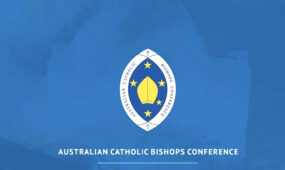
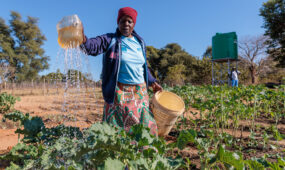

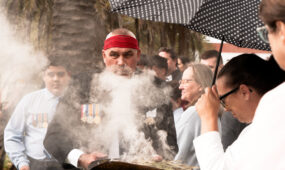

Comments
Show comments Hide comments